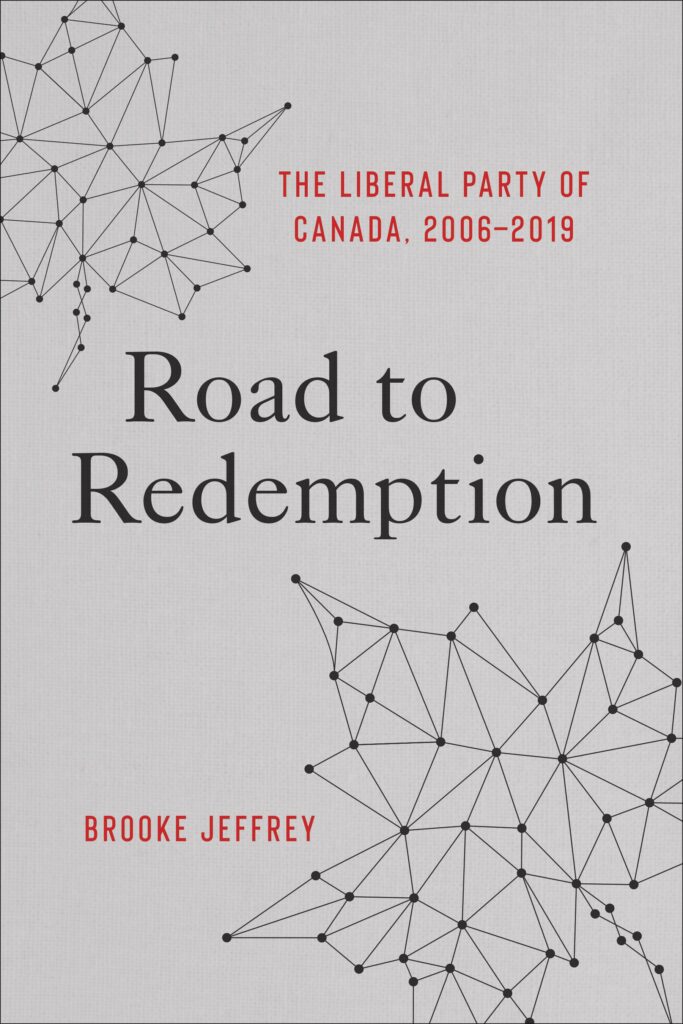Long ago, in the “before” times, journalists often cited anonymous sources to back up their stories. But that practice increasingly came to be frowned upon, particularly when it turned out that some scribes had actually invented their anonymous sources and the quotes attributed to them.
This was followed by a brief period of righteous superiority when the best, or at least the most respectable, media outlets vowed never again to use any sources without attribution. This commitment did not last, however, because reporters soon found that many of their sources had dried up. What to do?
It did not take long for some bright editor to conclude that a good compromise would be to identify why an anonymous source was credible. On the surface this might well seem like a reasonable trade-off: explain the source’s authority for the information they provide in exchange for the anonymity of the source. So began the “after” times we now live in, in which the media frequently refer to “someone who is familiar with/has been involved in xxxx but is not authorized to speak on the record.” This phrase is now considered the gold standard in justification for a story, and the practice is so common that it is rare to find any current news story that does not contain at least one such reference.
However it is becoming increasingly clear that this approach can be counterproductive to say the least, and may actually hinder the fact-finding and accurate reporting that journalists are theoretically committed to producing. If one has a ‘reliable’ anonymous source, one does not need to pursue other relevant sources on the record.
A case in point is the recent “story” about the Trudeau government’s abandonment of local staff at its embassy in Kviv, despite allegedly knowing that their lives were in danger because their names were on a Russian hit list. In this case emphasis was placed on the fact that there were not one but three of these sources not authorized to speak on the record, presumably suggesting this story was even more accurate. Yet in the past week the minister responsible, the deputy minister of the department and the Canadian ambassador to Ukraine all categorically denied this accusation.[i] Despite these multiple denials, there does not appear to be any attempt to re-think the story or look for confirmed facts on the record. Many in the media continue to present the story from the perspective of the anonymous sources, giving the public the impression that the journalists are convinced their sources are right and all of the politicians and senior bureaucrats are wrong or lying. Clearly equal weight is not being given to both sides of this story, a fundamental principle of good journalism and surely the minimum one should expect in a democracy. This is particularly egregious in this case since one side is apparently made up entirely of anonymous sources while the other side is based on statements on the public record by three separate responsible authorities. Nor does the reader know the precise source of authority or expertise of these anonymous sources, or what their motives might be in communicating with the media.
This is only one example of many in the recent past, all of which cast doubt on individuals in positions of authority in government, whether elected or appointed. In short, a case can be made that this practice, when taken to the extremes we now see today, is not merely perverse but potentially dangerous. It may be one more reason for the worrisome loss of confidence in political leaders and institutions that opinion polls are revealing, a situation which in turn provides fertile ground for growing plague of disinformation and conspiracy theories evident in western democracies.
[i] See for example Berz and Chase. “We Need to Get to the Bottom of This”. Globe and Mail. August 5, 2022.
